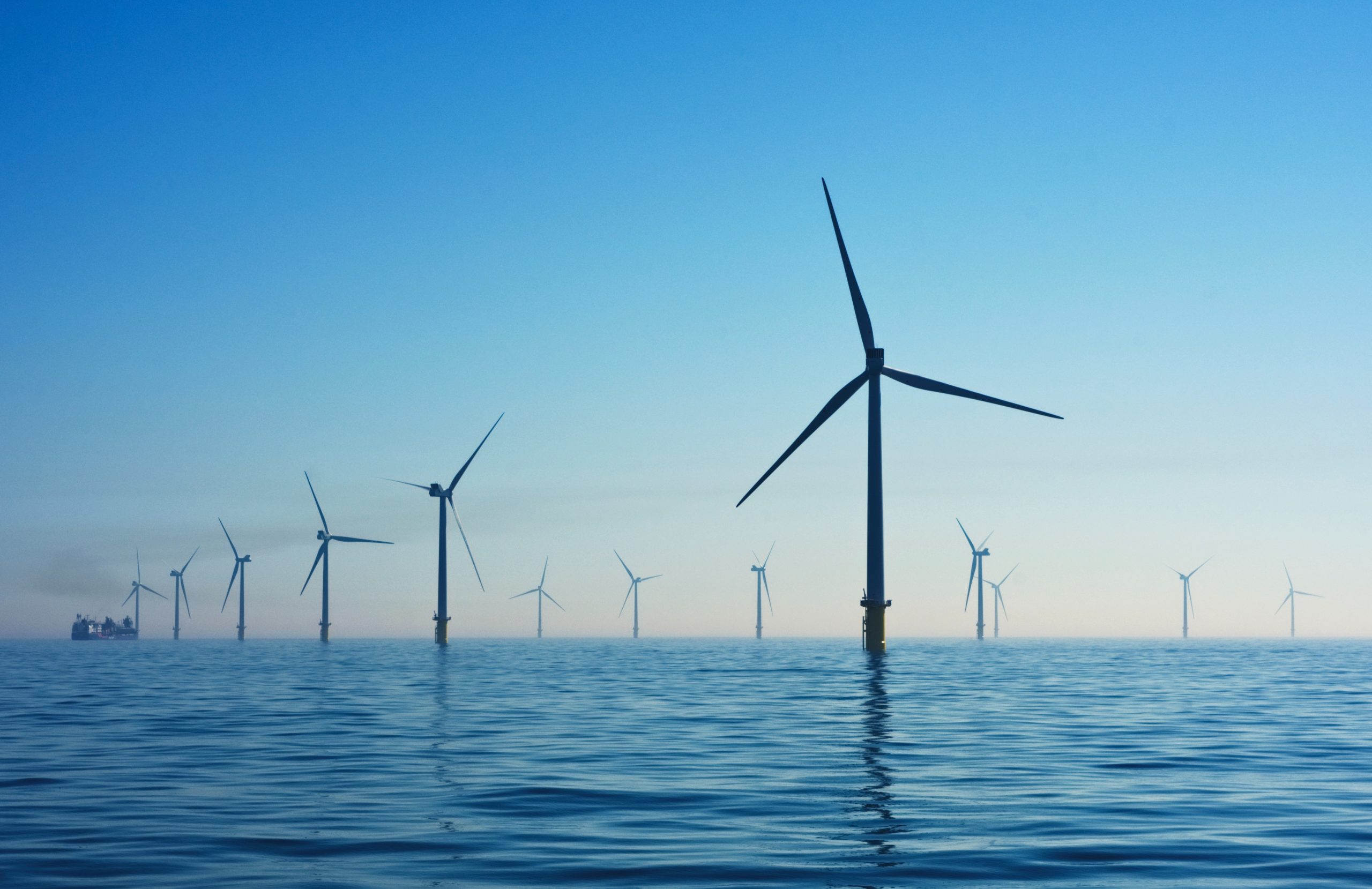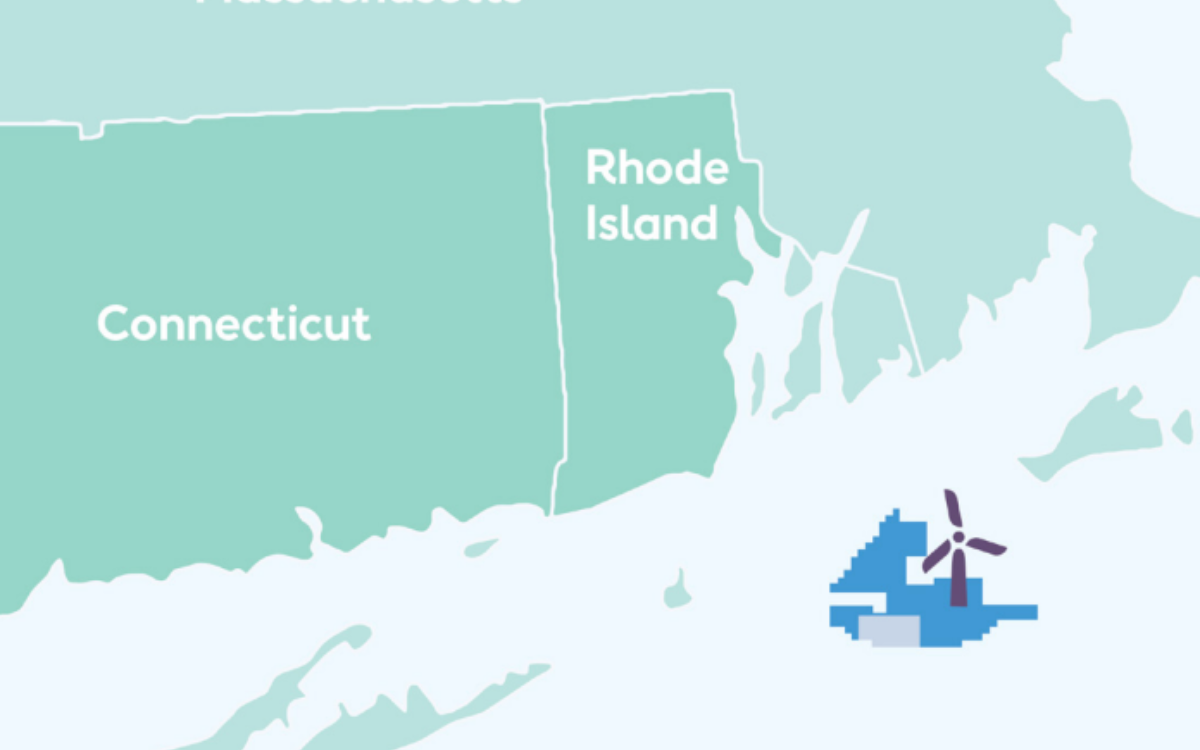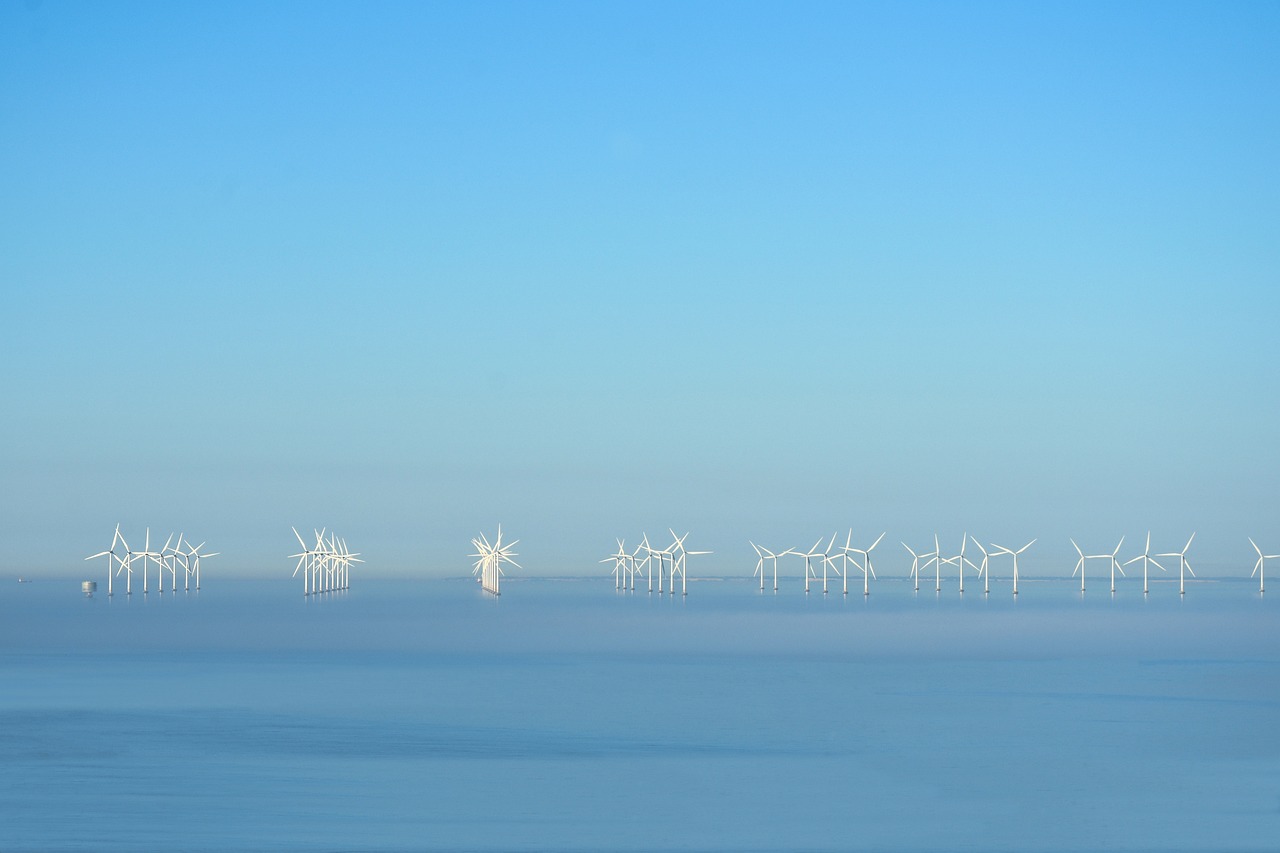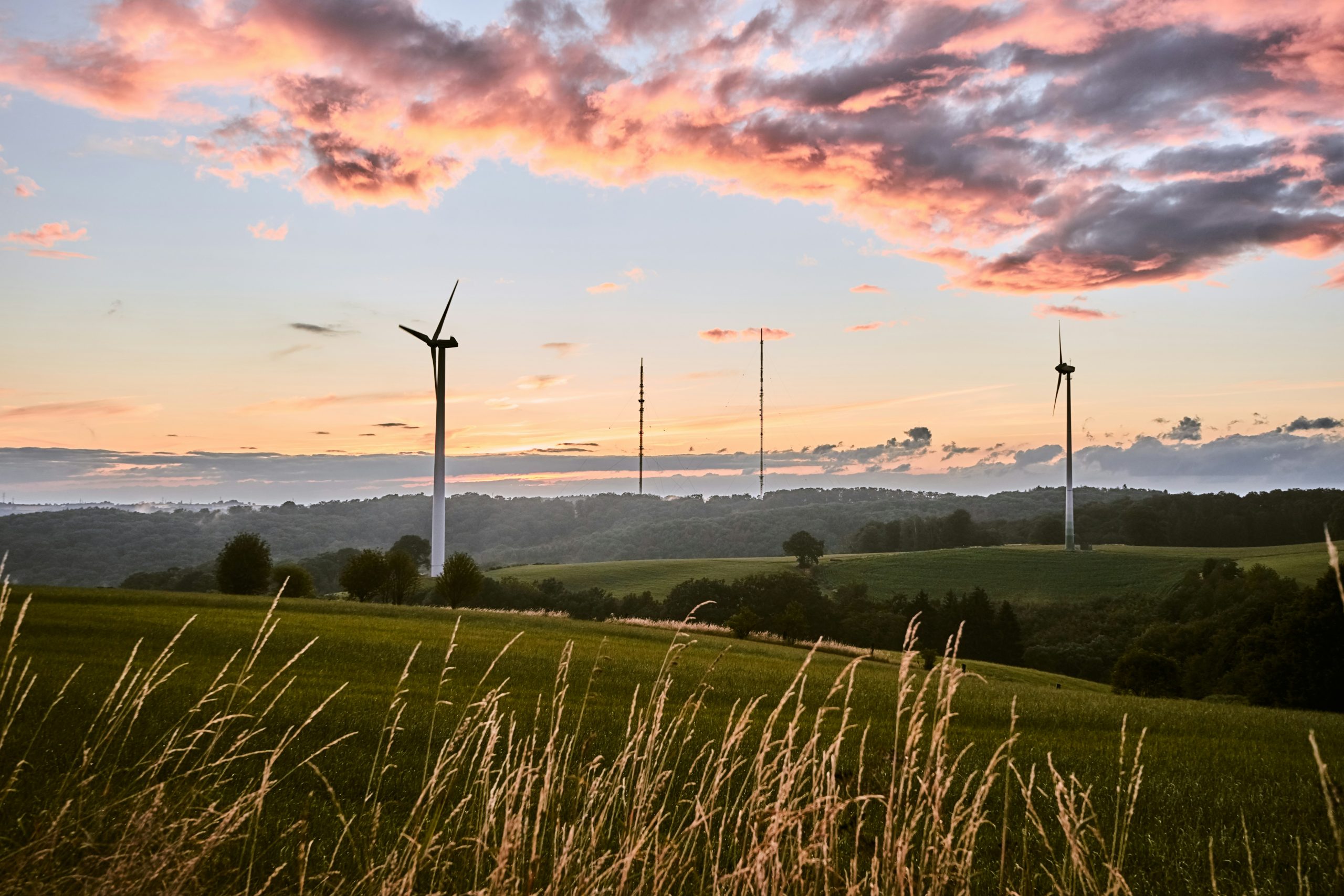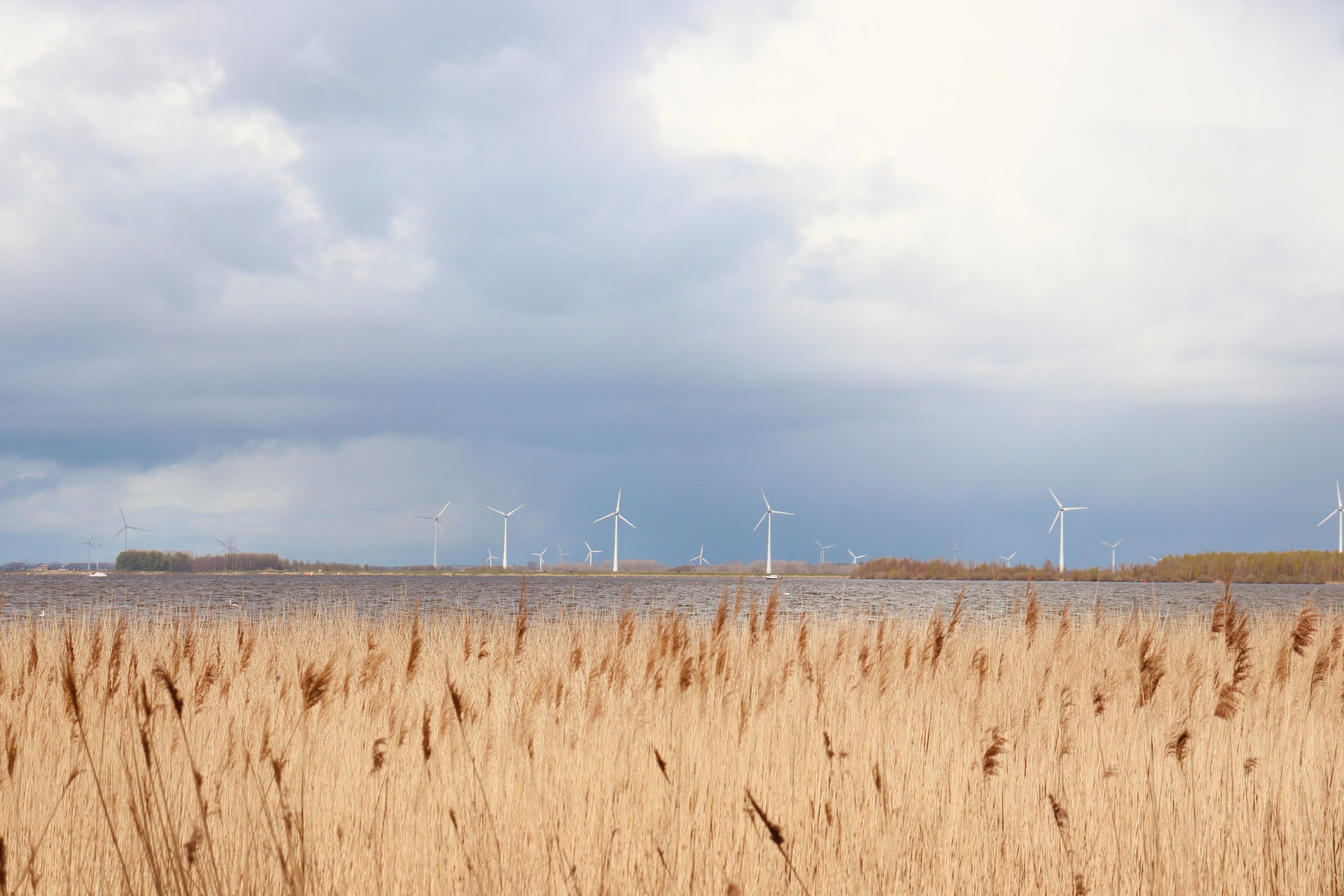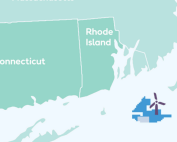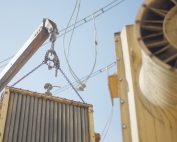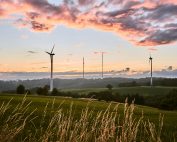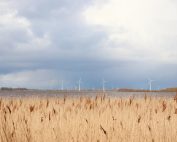Energinet and 50Hertz (Danish and Germany’s TSO) have now reached an important next step in their cooperation on Energy Island Bornholm. In November, they expanded their existing cooperation with new agreements on, amongst other things, ownership and costs of the power cables and power installations. According to TSOs that is going to breathe life into the very heart of Bornholm Energy Island. At the same time, Energinet’s business case for Bornholm Energy Island’s electricity infrastructure demonstrates that connecting to both Germany and Denmark is a much better idea – to the tune of billions of Danish kroner – than connecting to Denmark alone.
Over the summer, the political parties behind the agreement on the two energy islands in Denmark entered into an agreement to increase the power generation capacity of the offshore wind farms off Bornholm from the originally agreed 2 GW to 3 GW. Similarly, a political agreement (a Memorandum of Understanding) has been entered into between the governments of Denmark and Germany for the interconnection of Bornholm Energy Island with Germany.
Since then, the two countries’ TSOs – 50Hertz and Energinet – have joined forces to implement the principles of the political agreement concerning the distribution of ownership, costs and earnings in a TSO agreement on the construction and operation of the cables and facilities needed to transmit power from the wind farms to Germany and Denmark.
Hanne Storm Edlefsen, who is heading up Energinet’s energy islands efforts, says: “Together with our German partner, 50Hertz, we have taken a significant step towards establishing Bornholm Energy Island. The power installations and cables are the heart of Bornholm Energy Island, and these must ensure that Bornholm becomes a hot spot for the development of green energy from offshore wind power throughout the Baltic Sea Region.”
Sound economics in Bornholm Energy Island’s electricity infrastructure
In cooperation with local authorities, residents, and landowners, Energinet is already in the process of determining exactly where to position the large onshore converter stations and power cables.
The agreements are based on the political terms of reference and ensure that the project moves ahead and comes closer to being realised. In addition, Energinet’s business case for Bornholm Energy Island’s electricity infrastructure makes it possible to get a more accurate idea of the economic implications of the high-voltage substations and power cables to be used to integrate offshore wind into the power grids of multiple countries.
Energinet has a mandate to invest in facilities and cables for large-scale projects, as the Danish Minister for Climate, Energy and Utilities has issued a so-called Section 4 approval of the project, in this case Bornholm Energy Island’s electricity infrastructure. This approval was issued by the Minister on 4 October 2022, on the basis of the business case.
In accordance with standard practice, Energinet has been working on the business case for quite some time, as it has to some extent informed the decisions by the Minister and the political parties behind the energy islands agreement.
Energinet’s task has been to illuminate the economic value to society of the electricity infrastructure itself for Bornholm Energy Island by comparing two alternatives: an electricity interconnection with both Germany and Denmark compared to an electricity interconnection with Denmark alone.
Energinet’s business case shows that there are economic gains from both solutions, but that the gain is roughly DKK 20 billion greater for a hybrid energy-island interconnection between Denmark and Germany based on the establishment of 3 GW of offshore wind power. A hybrid interconnection is an electricity connection that both brings offshore wind power ashore in the two countries and interconnects their electricity markets.
At the same time, the business case shows that, by itself, the climate impact of the electricity infrastructure for Bornholm Energy Island is clearly greatest at European level with an estimated carbon emission reduction of just over 3 million tonnes in Europe by 2040. Thus, Bornholm Energy Island assists in making Europe greener.
“I’m pleased that we have now reached a good agreement with our German TSO partner, 50Hertz, on the construction and operation of Bornholm Energy Island’s electricity infrastructure, and we at Energinet look forward to continuing our cooperation. Because, as demonstrated by Energinet’s business case, there are distinct economic and climate-related benefits to be realised from energy islands which enable large-scale offshore wind power, while at the same time interconnecting the power grids of multiple countries,” Hanne Storm Edlefsen says.
It is worth emphasising that Energinet’s business case does not draw any conclusions about the overall profitability of Bornholm Energy Island, as the costs of constructing the offshore wind farms are not included.
Bornholm Energy Island:
- 3 GW of offshore wind power will be constructed in the sea off Bornholm and will be distributed through seabed power cables to the island of Zealand in Denmark and to Germany. According to the political agreements, the wind turbines should be ready to generate electricity by 2030.
- The plan is to establish converter substations at Solhøj on Zealand and south of Aakirkeby on Bornholm to convert the power from alternating current to direct current and vice versa.
- On Zealand, the power will be connected to the existing Danish 400 kV transmission grid.
- On Bornholm, the installations are being prepared for connecting Bornholm’s 60 kV distribution grid to Bornholm Energy Island’s power cables and offshore wind turbines.
- In Energinets business case, the construction costs for the connection to Zealand and the installations on Bornholm are estimated at just under DKK 14 billion. It is worth noting that Energinets estimation of the construction costs has been changed from DKK 17 billion since the approval of the business case as a result of the political agreement between the two countries.
- The electricity interconnection between the landfall of the sea cable on Bornholm and in Germany will be established and owned by Energinet’s partner TSO partner in Germany, 50Hertz, which is why this is not included in Energinet’s costs.
Risks:
The establishment of Bornholm Energy Island’s electricity infrastructure is a high-risk project. The innovation bar has been set high, and political decisions bound by the climate agenda add time pressures.
- There is a risk of delay if Energinet, or our partners, the authorities in Denmark or other countries involved and supplier chains are unable to stick to the assumed schedule.
- As standards for the interconnection of high-voltage direct-current systems have yet to be developed, there is a risk that this could affect prices and delivery times.
- There is widespread uncertainty about future market terms and prices, not least in light of the war in Ukraine.
Source: Energinet.dk
